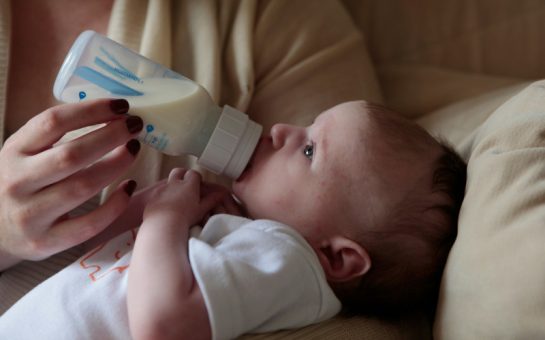Cervical screening can be lifesaving, and women are advised to attend their appointment for a screening when called.
Medical staff who screen women are reassuring, and there is no shame in getting a cervical screening – it is a quick and painless procedure.
Regular testing of women aged 25 – 64 and other ages with the consent of a doctor helps prevent cancer.
Yet data from NHS Digital shows there was a decrease in the number of women having cervical screening tests in 2020-21.
Cervical Screening Programme, England 2020-21, which was published by NHS Digital, presents information on individuals aged 25-64 who were invited for regular screening.
The publication includes the numbers invited for screening, the number of tests on screening samples sent to pathology laboratories, the results of the samples taken and the time taken to return results.
It also shows the change in the cervical screening programme’s coverage in England compared to previous years.
Disruption from COVID-19 is not thought to have significantly affected the quality of the data submitted for 2020-21, however it is likely to have had an effect on activity.
These statistics should therefore be interpreted with care.
In 2020-21, 4.59m individuals were invited for screening – a 1.0% decrease on 2019-20, when the figure was 4.63m.
The number of tests carried out also fell.
A total of 3.03m individuals aged 25 – 64 were tested – a decrease of 5.3% compared to the previous year, when 3.2m were tested.
In 2020-21, 70.2% of eligible individuals aged 25 to 64 had last been screened within the required number of years.
This represents a drop in coverage of 2% from the previous year, when coverage was 72.2%.
On 31 March 2021, coverage was lower in the 25 – 49 age group – it decreased to 68% from 70.2% in 2020.
In the 50 – 64 age group, coverage decreased to 74.7% in 2021 from 76.1% in 2020.
Across both age ranges, regional coverage varied from 64.7% in London to 75.5% in the North East.
All screening regions reported a decrease compared with 2020.
No local authorities reached 80% coverage, while 91 out of 149 had coverage levels of 70% and above, a decrease of 12 compared to 2020.
Coverage ranged from 45.8% in Kensington and Chelsea to 78.4% in Derbyshire (East Midlands).
The report also shows the number of individuals referred for colposcopy, a procedure to look at the cervix.
Human Papilloma Virus (HPV) primary screening was fully implemented in December 2019, which means that a sample is first tested for HPV and where the test result is positive, a cytology screen is then performed.
Those who have a HPV positive screen with an abnormal cytology result are referred to colposcopy.
In 2020-21, there were 176,561 referrals to colposcopy, compared to 191,563 in 2019-20.
The full report can be read here: Cervical Screening Programme, England – 2020-21.
A spokesperson from NHS Digital was unavailable for comment.




